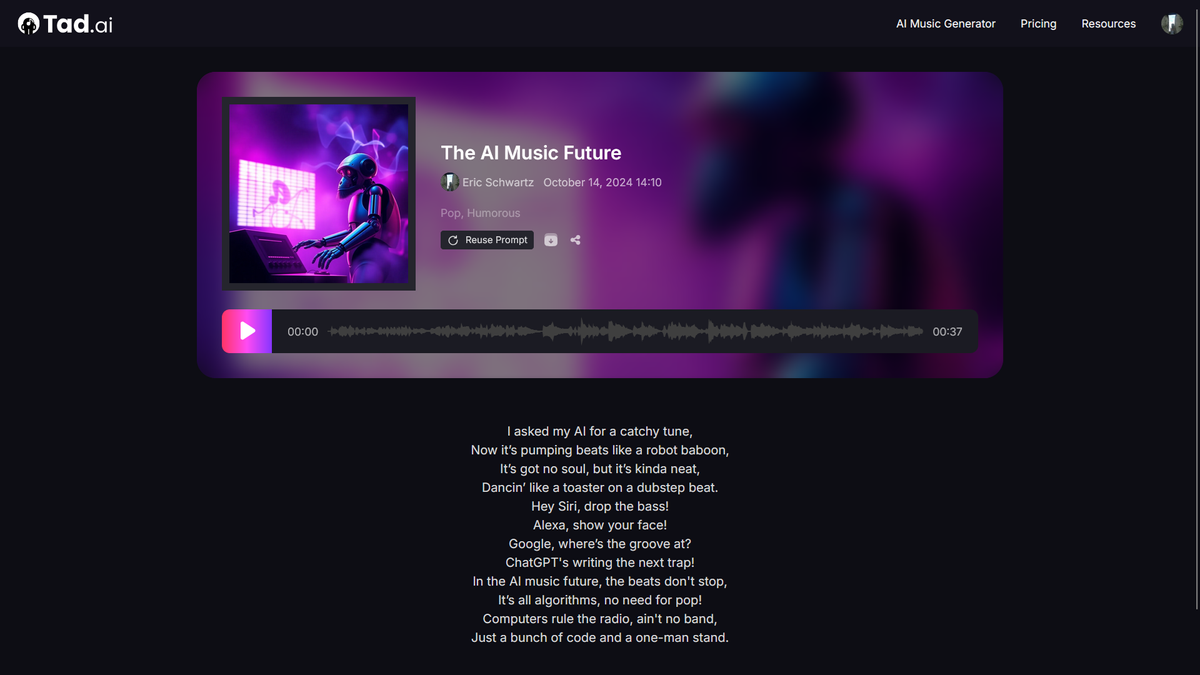Experience level agreements (XLA, sometimes known as ELA) are a variation of service level agreements (SLA) that focus on the end-user experience. Whether the end user is your employees, your customers, or both, how they interact with your solution and how they feel about it is critical.
XLAs are not simply an exercise in gathering feelings. The most effective agreements combine the telemetry of your service with the feedback you receive about it and the emotional impact of it.
There are three key questions that XLAs seek to answer: How reliable is my service? How well does it work? And how do my users perceive it?
Vice President of Solutions Engineering for EMEA at Riverbed Technology.
An XLA use case
Imagine that you are in the supermarket and the company's loyalty application has been updated. You open it and find the barcode that records that your account has been moved. Now, instead of being on the home screen, you have to click on another section to find it. You finish your purchase and head to the checkout. It will take you three seconds longer than usual to grab that barcode and complete your transaction, which may not seem too disruptive.
However, as you walk away, a queue of 10 customers forms behind you, each taking those extra three seconds to swipe at their barcodes. That means 30 seconds added to the ATM's processing time. Multiply that by the 1,000 shoppers the store could see in an hour and a full 50 minutes are wasted.
At headquarters, the IT team celebrates their success as the update is deployed, the interface looks fantastic, and everything works as planned. If only they knew what was happening to employees and customers using their app, and they could if they had implemented XLA.
The importance of XLA
Most organizations will use performance management software and set telemetry SLAs that are typically met. IT management teams are tasked with ensuring that users can access the systems they need, when necessary, but that's often where their line of visibility ends. They cannot see what is right or wrong, or what could be improved.
While it would be too arduous and time-consuming to ask every employee and customer how they are feeling, you can give them a platform for their thoughts and then combine it with your telemetry data to find trends, solve problems, and make people you serve more satisfied and productive.
This combination is vital, because if your employees consistently and collectively rate one of your systems negatively, you can assume it's because it's not working or not performing up to standards. In reality, it is possible that everyone is taking too much time or requiring too much effort to do what they need to do.
Strategies for XLA Success
When configuring XLA, it is recommended that organizations:
• Work to shift the mindset of your IT experts towards travel-based services rather than those that only perform their necessary function.
• Consider the time it takes for people to access the systems they need, what the platform looks and feels like when using it, and what behaviors users display.
• Gather data-driven insights to make informed decisions on how to prioritize investments, identify skills gaps, and improve policies and processes.
• Look for ways to boost efficiency, for example by adding shortcuts to the journeys that users take most frequently.
There are tools available from companies like Riverbed that can collect all the information you need (qualitative and quantitative) and perform many of these tasks automatically.
These tools go beyond basic surveys and feedback collection, allowing you to use human-defined or department-agreed thresholds to establish what a positive end-user experience looks like for your business and your service at a granular level. For example, completing a process in three seconds may seem too slow for some users, too fast for others, and perfect for a small minority.
Digital experience management solutions can not only detect specific problems like this, but can also measure input at each stage of the delivery chain. That includes telemetry data from your entire IT platform, feedback from your employees, feedback from your customers, and more.
This gives you a complete picture of how different elements perform in different scenarios across different journeys for different people, and what those people would ideally like to change. Sometimes, it's an action as small as moving your loyalty app barcode to where it used to be.
In conclusion
In today's increasingly digital and demanding world, quick response times and clever branding are not enough. To achieve your goals, remain competitive, retain your employees, and satisfy your customers, you need to transform and innovate. But that transformation must be based on authentic user experiences and not the assumed results of IT.
XLAs are a powerful metric that can allow you to do exactly that, and by selecting the right unified observability solution, you can evaluate not only how well your systems are working, but also how well they are working for the people who matter.
We have introduced the best business intelligence platform.
This article was produced as part of TechRadarPro's Expert Insights channel, where we feature the best and brightest minds in today's tech industry. The views expressed here are those of the author and are not necessarily those of TechRadarPro or Future plc. If you are interested in contributing, find out more here:









